Above: The impressive 18 metre high Forchdenkmal (Forch Monument) or Wehrmännerdenkmal (Soldiers' Monument) at Forch, in the canton of Zurich. It commemorates Swiss soldiers who died while on active duty during the First World War.
Perhaps the most obvious category of memorials is those to Swiss soldiers who died during the war while serving with the national armed forces. Well, the existence of such memorials is still quite surprising, as the Swiss army was not engaged in any fighting! In fact, 3,065 Swiss soldiers died in the First World War, of which nearly two-thirds died from Spanish Flu (Influenza) in 1918. However some did die directly as a result of their Swiss military duties. The monument below was erected at Zurich in 1916, while the war was still in progress, and commemorates four Swiss army aviators who had died in separate crashes since the mobilisation of the army in 1914. In the early days of aviation, fatal crashes were sadly not unusual.
Various Swiss WWI memorials: schweizer-festungen.ch
Belgian memorials in Switzerland: www.bel-memorial.org
French memorials in Switzerland: www.souvenirfrancaissuisse.com
Sources include: Sébastien Farré, "Commemorer les morts de la premiere guerre mondiale en terre de paix", in Christophe Vuilleumier (ed.), La Suisse et la Guerre de 1914-1918, pp.495-512.
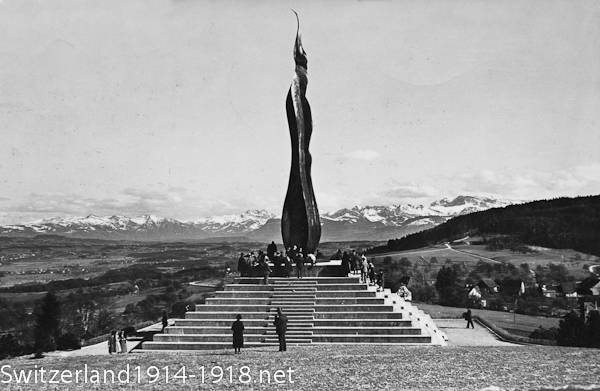
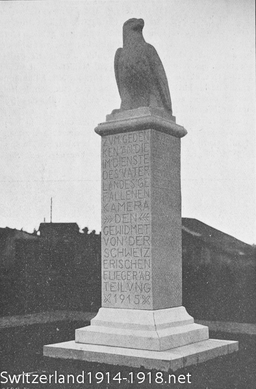
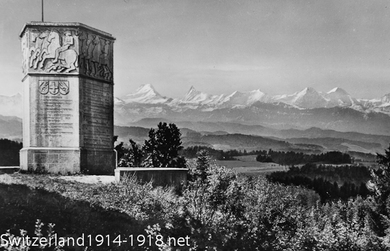
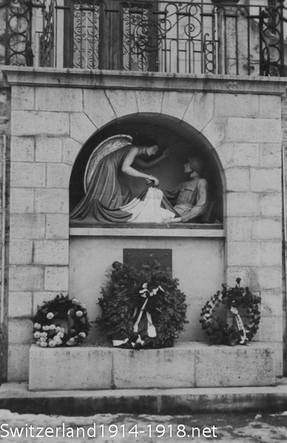
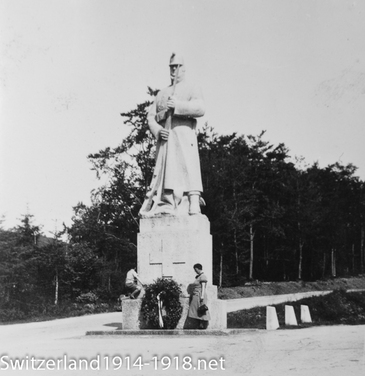
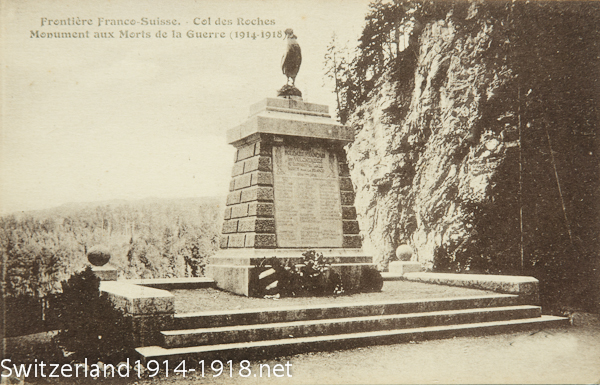
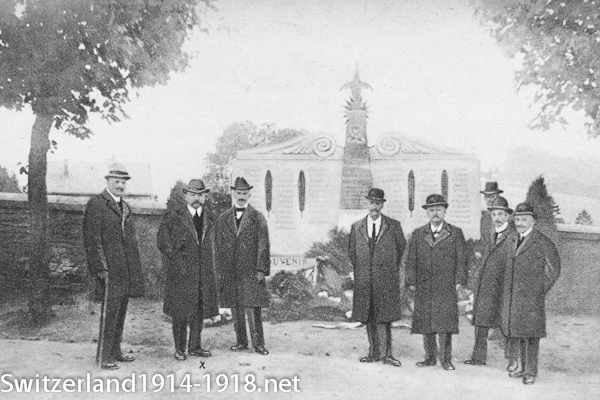
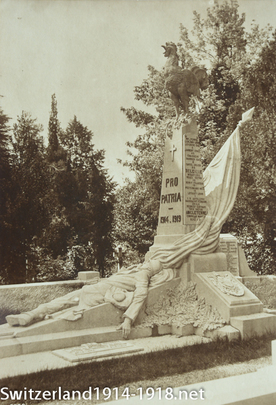
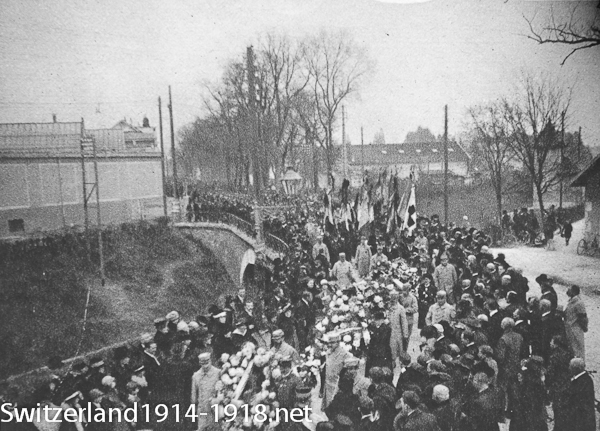
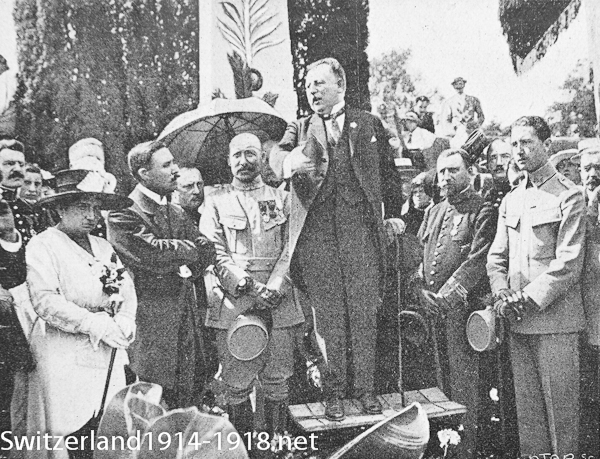
 RSS Feed
RSS Feed
